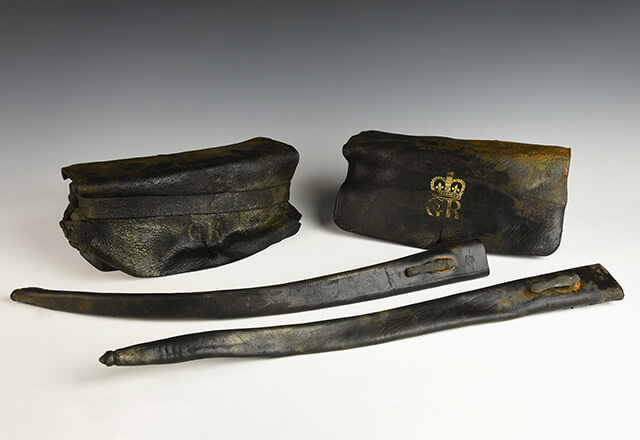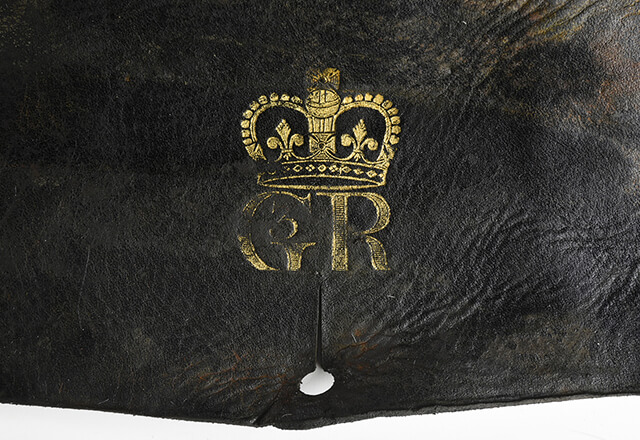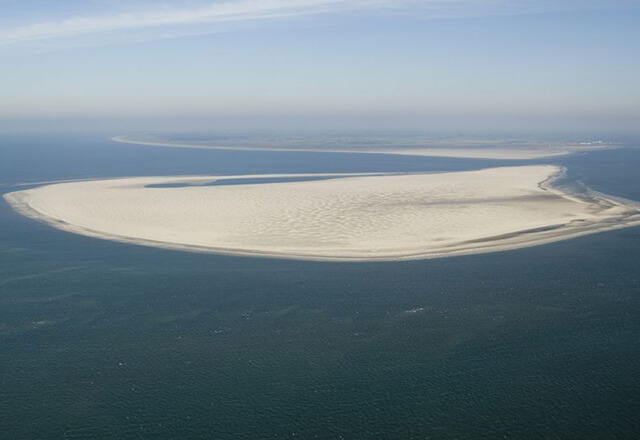British warship wreck reveals remarkable objects


 On the 6th of January 1799, exactly 222 years ago, the British warship HMS Apollo was beached near the coast of the Razende Bol, nearby Texel. The vessel had been swallowed by the sands, but modern erosion of the seabed has since revealed it again. Over the summer of 2020, both the wreck of the frigate and the surrounding seabed were studied. This revealed several remarkable items. The salvaged objects will be exhibited in Museum Kaap Skil during the summer of 2021, COVID-19 restrictions permitting.
On the 6th of January 1799, exactly 222 years ago, the British warship HMS Apollo was beached near the coast of the Razende Bol, nearby Texel. The vessel had been swallowed by the sands, but modern erosion of the seabed has since revealed it again. Over the summer of 2020, both the wreck of the frigate and the surrounding seabed were studied. This revealed several remarkable items. The salvaged objects will be exhibited in Museum Kaap Skil during the summer of 2021, COVID-19 restrictions permitting.
The Royal Navy vessel was built in 1794. It was beached five years later while attempting to navigate the shallow waters surrounding Texel. Its captain tried to save the frigate by dumping cannon overboard and thus decreasing its weight, but to no avail. The vessel eventually sank into the seabed. An allied Prussian frigate succeeded in saving the Apollo’s crew.
Research
Over the summer of 2020 the wreck, laying at a depth of 7 metres, was studied through sonar imaging and by diving researchers. Periplus ArcheoMare was commissioned by the Cultural Heritage Agency (RCE) to provide sonar research imaging. The North Sea Divers team, supported by the Texel Municipality, Museum Kaap Skil and the Province of North-Holland, performed the diving activities.
Remarkable finds
Various discarded cannon were rediscovered, as well as the military equipment of Apollo’s Marines. Among the divers’ finds are two leather cartridge pouches. These would have been attached to a pouch belt and worn on the hip. Inside was a hardwood cartridge holder, with enough room for 18 cartridges. These paper cartridges housed a lead musket ball and exactly enough gunpowder to fire it. The overhanging flaps of the leather pouches were decorated with the royal cipher of England’s reigning Hanoverian monarch, King George III, stamped in gold.
Two leather bayonet sheathes were also retrieved from the wreck. Remarkably, these sheathes feature the Royal Navy’s property brand ‘the Broad Arrow’, as well as a crowned GR. Even to this day, British government property continues to carry the GR mark.
The objects are well preserved thanks to the excellent conditions found beneath the seabed. The wreck of the frigate still houses numerous other objects, though no human bone material has yet been discovered.
History of the frigate HMS Apollo
The HMS Apollo belonged to the so-called Artois class. Made from wood and over 46 metres long, it was completed in September 1794. As it was rapidly constructed, it had not been tested before being added to the fleet. The Apollo is believed to have been equipped with unsatisfactory navigational equipment. Only the vessel’s lower deck, 44,5 metres in length, currently remains.
The HMS Apollo was part of a fleet tasked with preventing a French invasion of England, in which the Dutch navy was expected to play a part. In 1795, with help from the revolutionary French, republican Dutch patriots had succeeded in toppling William V, Prince of Orange. The stadtholder fled to England, while preparations were made for a French invasion of the British Isles. In response, the Royal Navy patrolled the North Sea coastline. During one of these patrols, the HMS Apollo was stranded.
In 1810 other British warships were lost in the shallow waters near Texel. This includes the HMS Minotaur, the HMS Nassau and the large ship-of-the-line HMS Hero.
British property
As the HMS Apollo is a British warship, the objects are and will remain property of the United Kingdom – following international agreements. The Province of North-Holland is currently operating as caretaker, and will submit a formal loan request to enable a completely legal exhibition of the objects in Museum Kaap Skil. The small collection is currently being conserved by the Heerlen-based company Restaura.
Salvaging objects from any warship found in Dutch waters, whether they are Dutch, English or of another nationality, requires permission from the Dutch government.
Erosion and monitoring of wrecks
The seabed surrounding the Razende Bol suffers from heavy erosion. Dozens of metres of sediment are washed away every year, revealing wrecks that had been lost in the region decades or centuries earlier. Governmental institutions and amateur divers monitor the various wrecks and salvage objects that are washed free.




